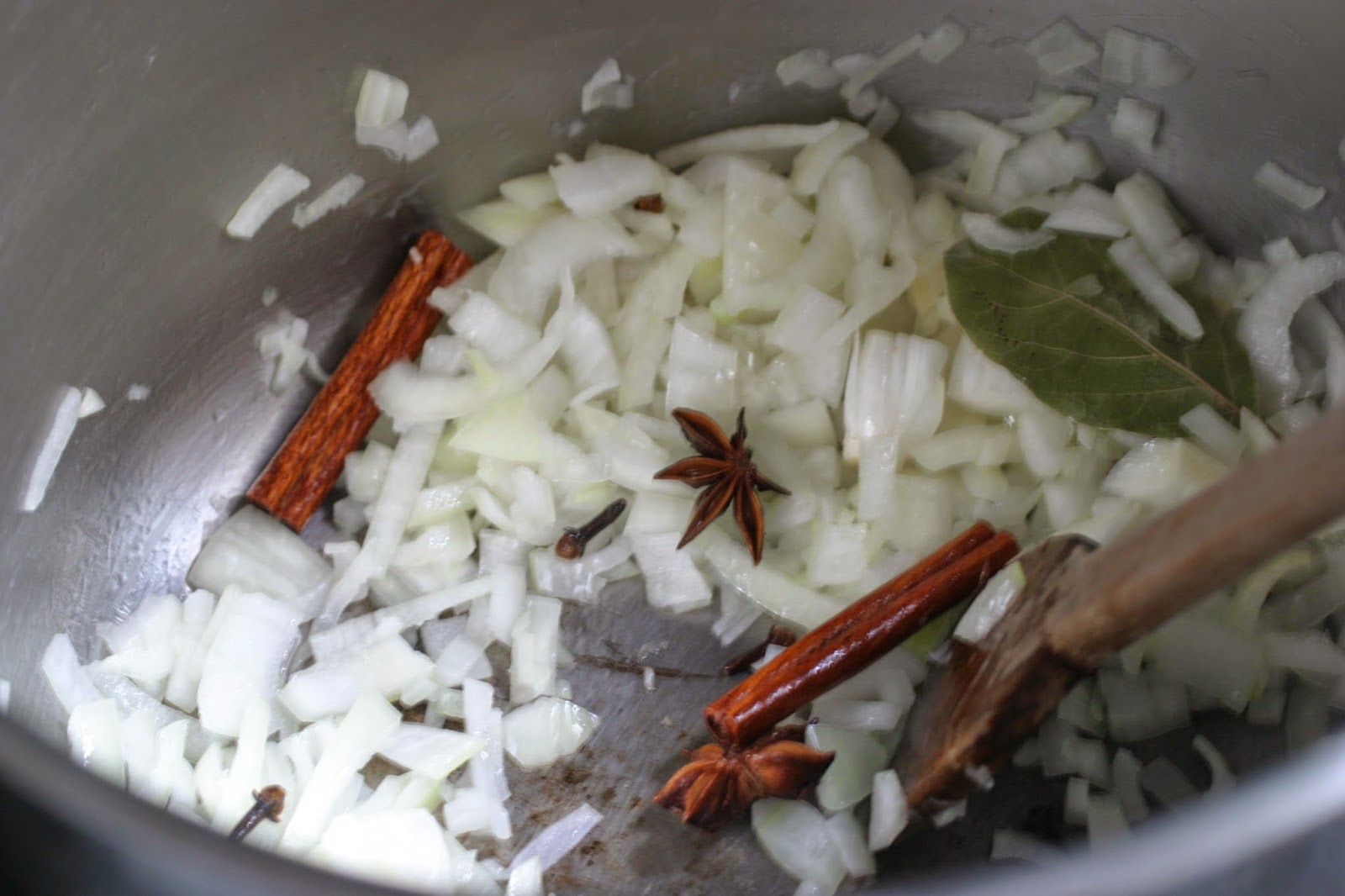Pad Thai is probably the most widely known Thai dish. Pad Thai (ผัดไทย) means "Thai style stir fry" in the Thai language. Having become very popular after a nationalist campaign in the 1930s, pad Thai is today well known all over the world. A lovely and hearty mixure of noodles with protein and fish sauce, tamarind, and palm sugar, this is a great dish for any time. I like to have it for lunch as it is really quick and easy to make.
Due to its wide popularity, there are now many different versions of pad Thai, but the one I share is closer to the roots of the dish. Today it's common to see pad Thai with lots of protein, but originally this was very expenive in Thailand-not many people could afford to make food with prawns, chicken, etc. so dried prawn was really the extent. Protein was from tofu and egg. Again, even in Thailand everybody makes this differently, so this is just my version. Many non-Thai people also use a pre-made pad Thai sauce, but this is really bad as the sauce is very easy to make, and when you make your own you can adjust the taste based on your own palette, adding more or less fish sauce for salt, tamarind for sourness, or palm sugar for sweetness.
Pad Thai recipe (serves 1-2)
for the pad Thai sauce
- 1/4 cup tamarind concentrate
- 17g palm sugar
- 1.5 tbsp white sugar
- 2 tbsp fish sauce
other ingredients
- 150g rice noodles
- A few pieces of preserved
- 1 chicken breasts or protein of your choice, sliced into bite size pieces
- 1 handful deep fried tofu
- 1 handful bean sprouts
- 2 garlic cloves, minced finely
- 2 eggs
- 1 tbsp chopped preserved turnip
- 1 bunch garlic chives or spring onions, sliced into manageable pieces
- 2 tsp. roasted chili flakes or 3 thai chilis, minced
- 2 tbsp dried prawns, soak in a little water until soft
- 2 tbsp roasted peanuts, crushed
First, add the sugar, palm sugar, and tamarind concentrate to a small saucepan. Heat until the sugars dissolve, then remove rom heat, add in the fish sauce, and mix well (you can add all three at once if you like, but I add fish sauce later so as to avoid stinking up the kitchen). While you do this, boil some water in the kettle and pour over the rice noodles. Let sit briefly (1-2 minutes) then drain. Noodles should not get too soggy.
Now heat some oil in a large frying pan or wok. Crack two eggs into the pan and shove to one side. On the other side, add in the dried prawns, chili, and garlic. Keep the garlic moving so as to avoid burning. When the eggs are cooked, add in the rice noodles. At this time you can add also the chicken or whichever protein you choose (I did not add any meat this time around).
Stir the noodles in with the garlic, prawn, and egg. Now add 1/2 of the already prepared sauce. Throw in the chopped spring onion/garlic chives, tofu, turnip preserves, and bean sprouts at this point. Add in the rest of the sauce and stir in. Wait until the garlic chives/spring onion is wilted and the noodles are coated with sauce. The misture should not be too watery, but not too dry. Cook until you have a nice middle ground.
Serve immediately with a lime wedge and crushed roasted peanut. Aroy mak mak!

































